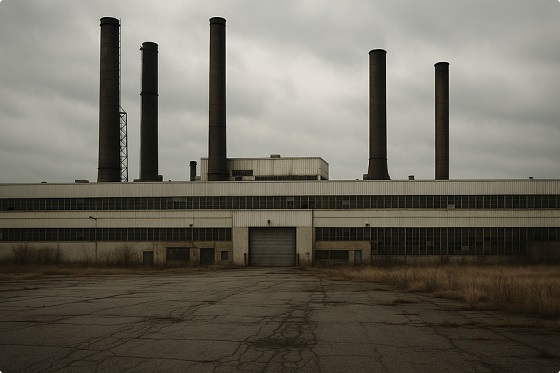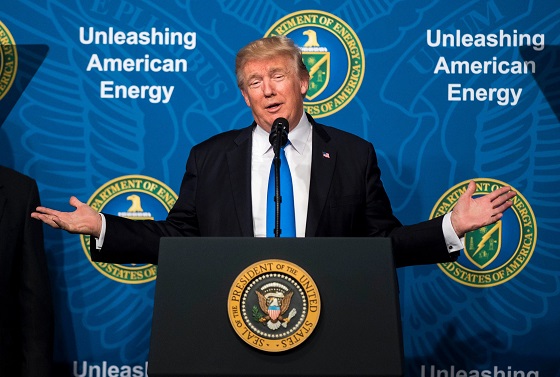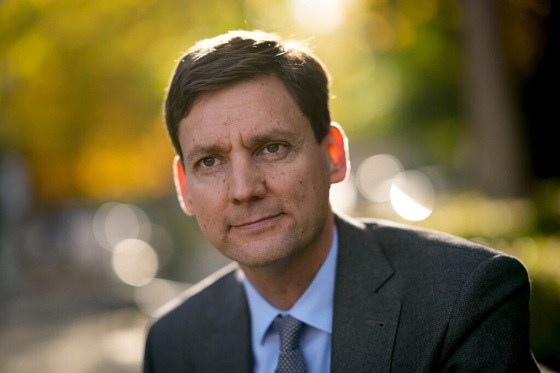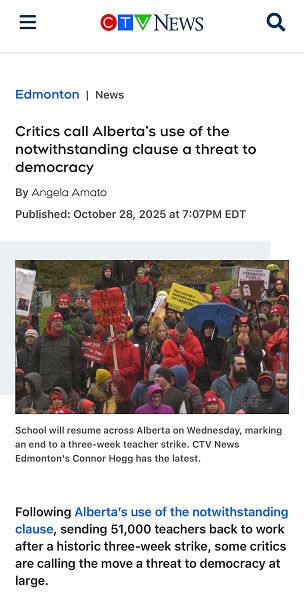Uncategorized
Northern California wildfire nearly quadruples in size
PARADISE, Calif. — A wildfire that moved so fast that firefighters couldn’t hope to stop it quadrupled in size Friday after destroying several thousand buildings and
Only a day after it began, the fire near the town of Paradise had grown to nearly 110 square miles (285 square
“There was really no firefight involved,” said Capt. Scott McLean of the California Department of Forestry and Fire Protection, explaining that crews gave up on attacking the flames and instead helped people evacuate. “These firefighters were in the rescue mode all day yesterday.”
The entire town was ordered evacuated, setting off a desperate exodus in which many motorists got struck in gridlocked traffic and abandoned their cars to flee foot. People in Paradise reported seeing much of the community go up in flames, including homes, supermarkets, businesses, restaurants, schools and a retirement
“We were surrounded by fire. We were driving through fire on each side of the road,” police officer Mark Bass said.
On Friday, the massive blaze spread north, prompting officials to order the evacuation of Stirling City and Inskip, two communities north of Paradise along the Sierra Nevada foothills.
The wind-driven blaze also spread to the west and reached the edge of Chico, a city of 90,000 people. Firefighters were able to stop the flames at the edge of the city, where evacuation orders remained in place Friday, said Cal Fire Cpt. Bill Murphy said.
The winds calmed down in the valley, but they were still shifting and erratic, with speeds of up to 45 mph (72 kph) along ridge tops, he said.
In Paradise, Bass evacuated his family and then returned to the fire to help rescue several disabled residents, including a man trying to carry his bedridden wife to safety.
“It was just a wall of fire on each side of us, and we could hardly see the road in front of us,” Bass said.
McLean estimated that several thousand buildings were lost in Paradise, about 180 miles (290
“Pretty much the community of Paradise is destroyed. It’s that kind of devastation,” he said.
Wildfires also erupted in Southern California, with reports early Friday of two large fires scorching about 23 square miles (60 square
The National Weather Service issued extreme fire danger warnings in many areas of the state, saying low humidity and strong winds were expected to continue through the evening.
The fire in Paradise was reported shortly after daybreak Thursday.
In the midst of the chaos, officials said they could not provide figures on the number of wounded, but County Cal Fire Chief Darren Read said that at least two firefighters and multiple residents were injured.
“It’s a very dangerous and very serious situation,” Butte County Sheriff Kory Honea said. “We’re working very hard to get people out. The message I want to get out is: If you can evacuate, you need to evacuate.” Several evacuation
Residents described fleeing their homes and getting stuck in traffic jams as the flames sparked explosions and toppled utility poles.
“Things started exploding,” resident Gina Oviedo said. “People started getting out of their vehicles and running.”
Many abandoned their cars and trucks on the side of the road.
“They were abandoned because traffic was so bad, backed up for hours,” Bass said.
Thick
“It was absolutely dark,” said resident Mike Molloy, who said he made a decision based on the wind to leave Thursday morning, packing only the minimum and joining a sea of other vehicles.
Concerned friends and family posted frantic messages on Twitter and other sites saying they were looking for loved ones, particularly seniors who lived at retirement homes or alone.
Chico police officer John Barker and his partner evacuated several elderly people from an apartment complex.
“Most of them were immobile, with walkers or spouses that were bed-ridden, so we were trying to get additional units to come and try and help us, just taking as many as we could,” he said. He described the community as having a lot of elderly residents, some with no vehicles.
Kelly Lee called shelters looking for her husband’s 93-year-old grandmother, Dorothy Herrera, who was last heard from Thursday morning. Herrera, who lives in Paradise with her 88-year-old husband, Lou, left a frantic voicemail at around 9:30 a.m. saying they needed to get out.
“We never heard from them again,” Lee said. “We’re worried sick. … They do have a car, but they both are older and can be confused at times.”
___
Associated Press writers Paul Elias, Janie Har, Daisy Nguyen, Olga R. Rodriguez, Sudhin Thanawala and Juliet Williams in San Francisco, Sophia Bollag in Sacramento, Michelle A. Monroe in Phoenix and Jennifer Sinco Kelleher in Honolulu contributed to this report.
Don Thompson And Jocelyn Gecker, The Associated Press
Uncategorized
Trump Admin Establishing Council To Make Buildings Beautiful Again


From the Daily Caller News Foundation
By Jason Hopkins
The Trump administration is creating a first-of-its-kind task force aimed at ushering in a new “Golden Age” of beautiful infrastructure across the U.S.
The Department of Transportation (DOT) will announce the establishment of the Beautifying Transportation Infrastructure Council (BTIC) on Thursday, the Daily Caller News Foundation exclusively learned. The BTIC seeks to advise Transportation Secretary Sean Duffy on design and policy ideas for key infrastructure projects, including highways, bridges and transit hubs.
“What happened to our country’s proud tradition of building great, big, beautiful things?” Duffy said in a statement shared with the DCNF. “It’s time the design for America’s latest infrastructure projects reflects our nation’s strength, pride, and promise.”
“We’re engaging the best and brightest minds in architectural design and engineering to make beautiful structures that move you and bring about a new Golden Age of Transportation,” Duffy continued.
Mini scoop – here is the DOT’s rollout of its Beautifying Transportation Infrastructure Council, which will be tasked with making our buildings beautiful again. pic.twitter.com/
9iV2xSxdJM — Jason Hopkins (@jasonhopkinsdc) October 23, 2025
The DOT is encouraging nominations of the country’s best architects, urban planners, artists and others to serve on the council, according to the department. While ensuring that efficiency and safety remain a top priority, the BTIC will provide guidance on projects that “enhance” public areas and develop aesthetic performance metrics.
The new council aligns with an executive order signed by President Donald Trump in August 2025 regarding infrastructure. The “Making Federal Architecture Beautiful Again” order calls for federal public buildings in the country to “respect regional architectural heritage” and aims to prevent federal construction projects from using modernist and brutalist architecture styles, instead returning to a classical style.
“The Founders, in line with great societies before them, attached great importance to Federal civic architecture,” Trump’s order stated. “They wanted America’s public buildings to inspire the American people and encourage civic virtue.”
“President George Washington and Secretary of State Thomas Jefferson consciously modeled the most important buildings in Washington, D.C., on the classical architecture of ancient Athens and Rome,” the order continued. “Because of their proven ability to meet these requirements, classical and traditional architecture are preferred modes of architectural design.”
The DOT invested millions in major infrastructure projects since Trump’s return to the White House. Duffy announced in August a $43 million transformation initiative of the New York Penn Station in New York City and in September unveiledmajor progress in the rehabilitation and modernization of Washington Union Station in Washington, D.C.
The BTIC will comprise up to 11 members who will serve two-year terms, with the chance to be reappointed, according to the DOT. The task force will meet biannually. The deadline for nominations will end Nov. 21.
Uncategorized
New report warns WHO health rules erode Canada’s democracy and Charter rights

The Justice Centre for Constitutional Freedoms has released a new report titled Canada’s Surrender of Sovereignty: New WHO health regulations undermine Canadian democracy and Charter freedoms. Authored by Nigel Hannaford, a veteran journalist and researcher, the report warns that Canada’s acceptance of the World Health Organization’s (WHO) revised International Health Regulations (IHR) represents a serious erosion of national independence and democratic accountability.
The IHR amendments, which took effect on September 19, 2025, authorize the WHO Director-General to declare global “health emergencies” that could require Canada to follow directives from bureaucrats in Geneva, bypassing the House of Commons and the will of Canadian voters.
The WHO regards these regulations as “binding,” despite having no ability or legal authority to impose such regulations. Even so, Canada is opting to accept the regulations as binding.
By accepting the WHO’s revised IHR, the report explains, Canada has relinquished its own control over future health crises and instead has agreed to let the WHO determine when a “pandemic emergency” exists and what Canada must do to respond to it, after which Canada must report back to the WHO.
In fact, under these International Health Regulations, the WHO could demand countries like Canada impose stringent freedom-violating health policies, such as lockdowns, vaccine mandates, or travel restrictions without debate, evidence review, or public accountability, the report explains.
Once the WHO declares a “Pandemic Emergency,” member states are obligated to implement such emergency measures “without delay” for a minimum of three months.
Importantly, following these WHO directives would undermine government accountability as politicians may hide behind international “commitments” to justify their actions as “simply following international rules,” the report warns.
Canada should instead withdraw from the revised IHR, following the example of countries like Germany, Austria, Italy, Czech Republic, and the United States. The report recommends continued international cooperation without surrendering control over domestic health policies.
Constitutional lawyer Allison Pejovic said, “[b]y treating WHO edicts as binding, the federal government has effectively placed Canadian sovereignty on loan to an unelected international body.”
“Such directives, if enforced, would likely violate Canadians’ Charter rights and freedoms,” she added.
Mr. Hannaford agreed, saying, “Canada’s health policies must be made in Canada. No free and democratic nation should outsource its emergency powers to unelected bureaucrats in Geneva.”
The Justice Centre urges Canadians to contact their Members of Parliament and demand they support withdrawing from the revised IHR to restore Canadian sovereignty and reject blind compliance with WHO directives.
-

 Censorship Industrial Complex2 days ago
Censorship Industrial Complex2 days agoHow the UK and Canada Are Leading the West’s Descent into Digital Authoritarianism
-

 Business2 days ago
Business2 days agoCapital Flight Signals No Confidence In Carney’s Agenda
-

 International2 days ago
International2 days agoThe capital of capitalism elects a socialist mayor
-

 Daily Caller1 day ago
Daily Caller1 day agoUS Eating Canada’s Lunch While Liberals Stall – Trump Admin Announces Record-Shattering Energy Report
-

 Business1 day ago
Business1 day agoCarney’s budget spares tax status of Canadian churches, pro-life groups after backlash
-

 Justice1 day ago
Justice1 day agoCarney government lets Supreme Court decision stand despite outrage over child porn ruling
-

 Business2 days ago
Business2 days agoPulling back the curtain on the Carney government’s first budget
-

 Energy1 day ago
Energy1 day agoEby should put up, shut up, or pay up










